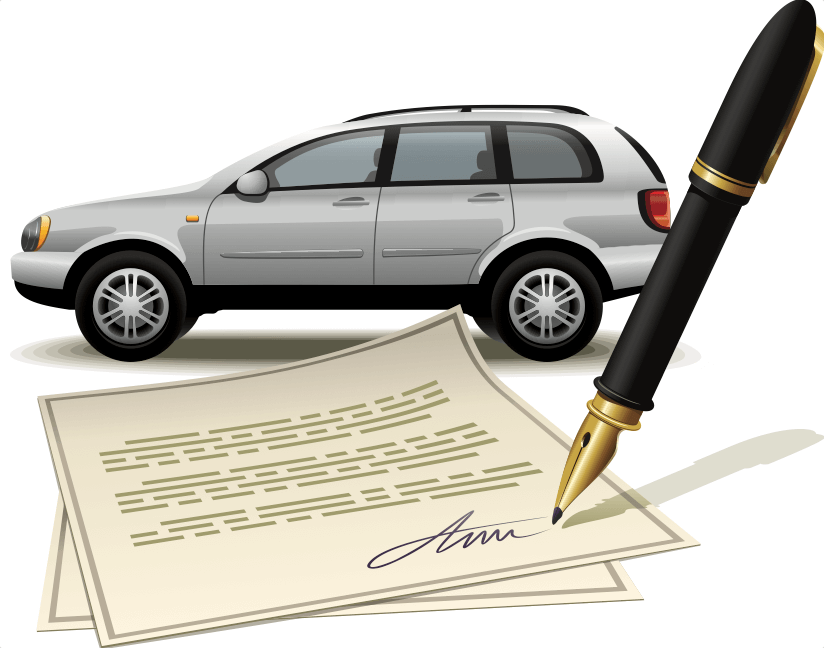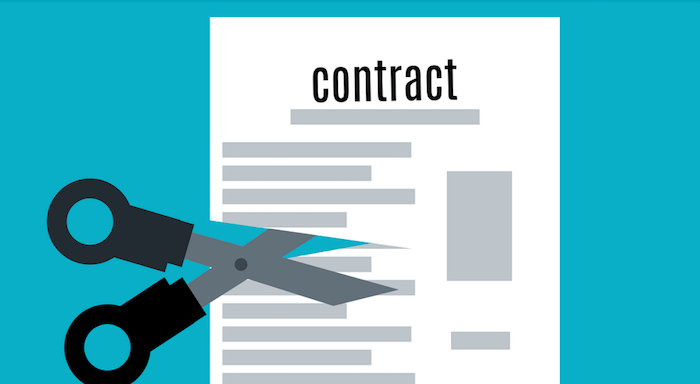If you enjoyed our last installment of the best GEICO commercials you should enjoy these gems just as much, if not more!
Full Coverage vs Liability: Understanding the Difference in Auto Insurance
Unfortunately, automobile accidents are extremely common. In the United States alone, more than six million accidents happen every single year. It’s a numbers game and, chances are, you will have an accident one day if you haven’t already, even if it’s just a minor one.
Even minor accidents can cause bills to pile up, so it’s a good idea for you as a driver to be well protected on the road. Knowing your insurance company will cover most—if not all—expenses from an accident can give you great peace of mind. And for the greatest peace of mind, consider purchasing a full coverage auto insurance policy.
What is Liability Coverage?
But first, for comparison’s sake, let’s talk about basic liability coverage. Pretty much anywhere in North America, you cannot legally put the key in the ignition and drive onto a public road without liability insurance. Liability insurance protects you in case you are at fault in an accident and cause property damage, injury or death to someone else. Unfortunately, it covers none of your costs.
On the other hand, a full coverage policy offers three types of coverage: liability, comprehensive and collision. We’ve talked about liability coverage, let’s talk about the other two types.
Comprehensive Coverage for Non-collision Damage
Comprehensive coverage pays for damage to your vehicle in situations outside of auto accidents. For example, let’s say that you’re at work when a violent thunderstorm blows through, dumping golf-ball-sized hailstones and breaking your windshield. Comprehensive coverage would pay to replace your windshield, not to mention fix those dents in your hood!
Or, let’s say that you’re at a football game, proudly displaying your team’s colors on your car with bumper stickers and pennants. A fan from the opposing team has too many beers and decides to key your nice paint job. Comprehensive coverage will pay for those repairs, too!
Collision Coverage to Pay for Your Accident-related Costs
As its name implies, collision coverage pays for your expenses if you’re in an accident. This can cover everything from car repairs or replacement, a rental while you’re waiting for car repairs, hospital bills, physical therapy … basically, any cost you incur because of an accident.
And in addition to the above-mentioned services, you also can add on protections such as uninsured or under-insured motorist coverage (in case a driver who isn’t insured properly causes you damage or injury) and personal injury protection.
Which Level of Coverage Is Right for You?
So, why isn’t everyone running out to get full coverage policies? As you might have guessed, there is a cost.
Naturally, a full coverage policy is more expensive than a liability-only policy. The more bells and whistles your policy has, the higher your monthly premiums will be.
One way to avoid high monthly premiums is to opt for a high deductible: this is the amount you will pay out of pocket before your insurance benefits kick in. Many companies also offer benefits to those who can demonstrate a history of safe driving and/or low mileage, knowing that such customers are less likely to be in an accident and cost the company money.
On the other hand, liability may be the only coverage you really need. The auto insurance industry recommends liability-only coverage if your car is worth less than $5,000. Otherwise, you might end up spending more to insure the car than it is worth.
The bottom line? Get the best level of coverage that your budget can support and that reflects your driving habits and the value of your automobile.
And be sure to research various companies and what they charge for coverage. Using our quotes comparison service above, you can get multiple quotes from several insurers quickly and easily so that you can be sure you get the best deal available for the level of coverage that is right for you.



